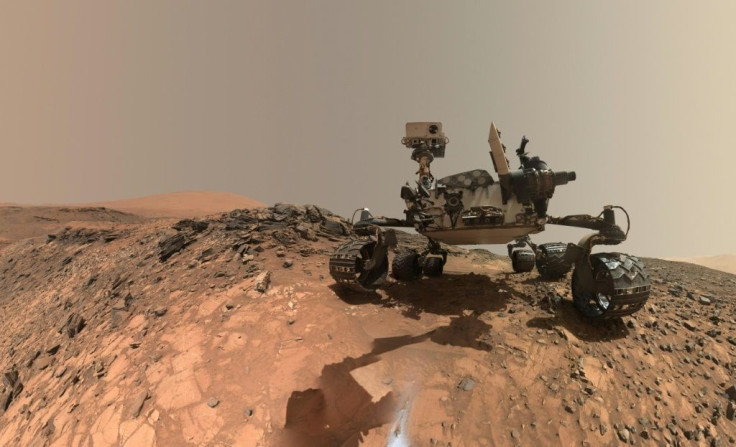NASA Explains How Curiosity Rover Recently Got Lost On Mars

KEY POINTS
- The Curiosity rover recently encountered an issue on Mars
- The rover temporarily got lost after losing its bearings
- Curiosity stopped moving to assess the situation
NASA admitted that its Curiosity rover recently encountered a serious issue as it was exploring Mars. According to the agency, the rover temporarily stopped moving after realizing that it had gotten lost.
The Curiosity rover, which is as big as a car, was officially launched by NASA in November 2011. For more than seven years, the rover has been roaming around Mars, studying its various environmental conditions.
As a robotic rover, Curiosity navigates around Mars using commands sent by NASA from Earth. But, the rover doesn’t only rely on NASA’s mission scientists to move around Mars. According to the agency, Curiosity has special features that help it determine its position as it explores the Red Planet.
In a recent blog post, planetary geologist Dawn Sumner of the University of California Davis explained how the rover establishes its bearings on Mars using the orientation of its body. The rover then uses this data to navigate through its surroundings.
“Rovers also need to know where their bodies are relative to their surroundings,” Sumner explained. “Curiosity stores its body attitude in memory, things like the orientation of each joint, which instrument on the end of its arm is pointing down, and how close APXS is to the ground.”
Unfortunately, during Curiosity’s last set of activities, the rover momentarily lost its orientation. According to Sumner, this may have occurred after the rover encountered inaccurate readings regarding its exact altitude.
Since it suddenly became unaware of its surroundings, the rover stopped moving to prevent bumping into undetected objects. While remaining motionless, the rover tried to assess its position. It also alerted NASA regarding its current statue, prompting the agency to help the rover find its bearings.
“Curiosity stopped moving, freezing in place until its knowledge of its orientation can be recovered,” Sumner explained. “Curiosity kept sending us information, so we know what happened and can develop a recovery plan.”
“The engineers on the team built a plan to inform Curiosity of its altitude and to confirm what happened,” she added. “We want Curiosity to recover its ability to make its safety checks.”
© Copyright IBTimes 2024. All rights reserved.





















